Dry Ink for Plastic: An Overview
The realm of printing on plastic surfaces has been revolutionized by the advent of dry ink for plastic. This specialized ink category is designed to adhere to plastic materials, providing clear, smudge-resistant images and text. With a variety of types available, each tailored for specific printing technologies and applications, understanding the nuances of these inks is essential for achieving the desired printing outcomes.
Types of Dry Ink for Plastic
Dry inks for plastic are not a one-size-fits-all solution. The most prevalent types include those formulated for laser printers and inkjet printers. Laser printer inks are known for their longevity and are ideal for high-stakes printing tasks, such as creating business documents and promotional materials. On the other hand, inkjet inks are more suited for tasks with lower volume requirements, offering accessibility and convenience. Beyond these, solid inks present a wax-like consistency, while ribbon inks cater to dot matrix and thermal transfer printing. For cutting-edge applications, UV inks cure instantly under UV light, and resin inks are pivotal in 3D printing technologies.
Applications and Advantages
The application of fast drying ink for plastic spans various industries, from marketing to manufacturing. The quick-dry nature of these inks ensures efficiency in production lines and reduces the risk of smearing, which is particularly beneficial for high-throughput printing tasks. The versatility of dry inks allows for their use on a multitude of plastic substrates, from rigid to flexible, catering to a wide array of professional needs.
Choosing the Right Ink
Selecting the appropriate quick dry ink for plastic hinges on several factors, including the printer type and the intended print quality. For instance, high-grade inkjet inks are recommended for professional outputs where clarity and precision are paramount. It's also important to consider the drying speed and the ink's compatibility with the plastic substrate to ensure optimal adhesion and print longevity.
Features and Materials
The composition of dry ink for plastic is a critical feature that determines its performance. These inks may contain pigments or dyes, with pigmented inks offering greater fade resistance. The materials used in these inks are formulated to provide strong adhesion to plastic surfaces, resisting environmental factors such as moisture and UV exposure.
Purchasing Considerations
When procuring dry ink for plastic, it's important to weigh the printing objectives against the ink's characteristics. Buyers can select from a range of options on Alibaba.com, ensuring they find a match for their specific printing requirements. Whether the need is for a single cartridge or multipacks for larger projects, the platform offers a diverse selection without advocating for any single brand or making absolute quality claims.

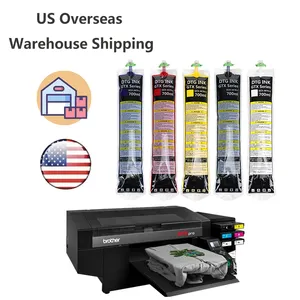





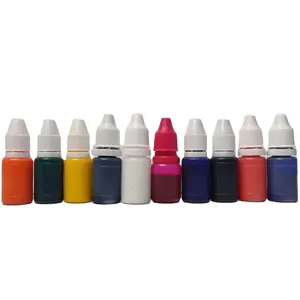



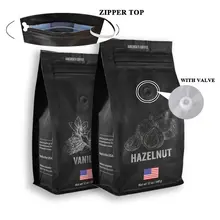
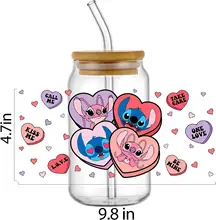



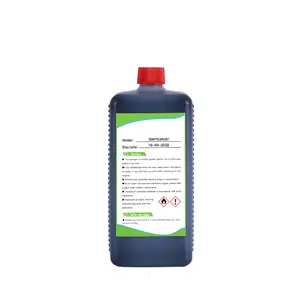
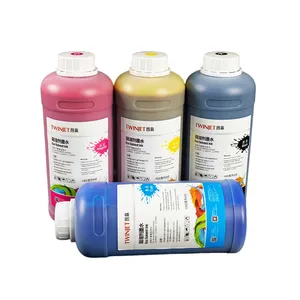






















 浙公网安备 33010002000092号
浙公网安备 33010002000092号 浙B2-20120091-4
浙B2-20120091-4